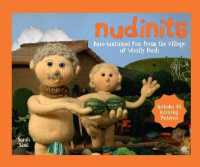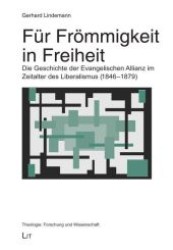Full Description
This book offers a comprehensive and research-driven exploration of Building Information Modeling (BIM) adoption in higher education, with a specific focus on student learning behavior, educational effectiveness, and competition-based learning in the Architecture, Engineering, and Construction (AEC) sector. Combining theoretical models such as UTAUT, SCT, TAM, and TPB with large-scale empirical data from Chinese universities, the book examines how students engage with BIM education both in classrooms and through national competitions. This book is written for researchers, educators, and policymakers in construction education, digital architecture, and engineering training. It is also suitable for graduate students and curriculum designers interested in digital transformation in AEC disciplines.
Key Features and Benefits:
Offers a multidimensional framework for understanding BIM learning and adoption among university students.
Provides empirical insights from national BIM competitions and education programs in China.
Bridges the gap between BIM policy, education design, and student engagement, offering practical implications for improving curriculum and talent development.
Contents
Chapter 1. BIM Adoption: A Review of Global Trends, Research Progress, and Future Directions.- Chapter 2. Building information modeling learning behavior of AEC undergraduate students in China.- Chapter 3. Heterogeneity Analysis of the Driving Model for BIM Education Effectiveness.- Chapter 4. Factors impacting BIM educational effectiveness: Evidence from construction management students.- Chapter 5. Factors driving BIM learning performance: research on China's sixth national BIM graduation design innovation competition of colleges and universities.- Chapter 6. What determines BIM competition results of undergraduate students in the architecture, engineering and construction industry?.- Chapter 7. Empowering architecture, engineering and construction students through building information modeling competitions: a deep dive into behavioral motivation.- Chapter 8. Enhancing BIM Education for Future AEC Professionals: The Impact of Competition Experience on Student Perception and Career Choices.- Chapter 9. Conclusion and Future Research: Bridging BIM Education, Engagement, and Industry Readiness.








